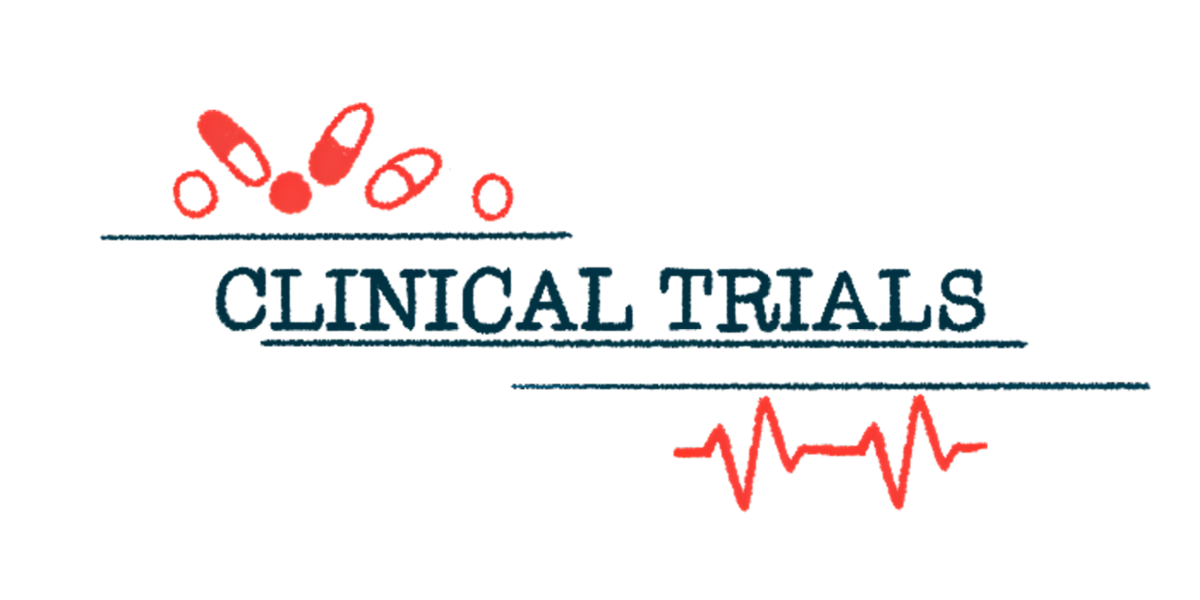Investigational therapy ARV-102 now in Parkinson’s trial
Phase 1 trial data from healthy adults show it was safe, worked as expected

Arvinas has begun a Phase 1 clinical trial to test its investigational therapy ARV-102 in people with Parkinson’s disease, with Phase 1 data in healthy adults showing it was safe and worked as expected.
ARV-102 is being developed for neurodegenerative conditions where the leucine-rich repeat kinase 2, or LRRK2, protein is implicated, such as Parkinson’s and progressive supranuclear palsy.
In healthy volunteers, ARV-102 was well tolerated and lowered LRRK2 levels. It also demonstrated an important ability to cross over the selective blood-brain barrier (BBB) and reach the the brain and spinal cord, that is, the central nervous system (CNS), which is a major challenge in developing treatments for neurological conditions.
The study involving people with Parkinson’s (EUCT 2024-516888-84-00) was initiated at the end of 2024 and is still recruiting adults at a site in the Netherlands. Arvinas expects to present some data this year.
“The ability of ARV-102 to cross the [BBB] and degrade the LRRK2 protein offers a potentially transformative therapeutic approach in the treatment of devastating neurodegenerative diseases,” Noah Berkowitz, MD, PhD, Arvinas chief medical officer, said in a company press release. “We believe these results support continuing our ARV-102 clinical program.”
LRRK2 plays a number of roles important for proper brain function, including in regulating the activation and function of microglia, the brain’s resident immune cells. It’s also critical for regulating the activity of lysosomes, the cellular compartments that clear away cellular waste and damaged proteins. LRRK2 dysfunction is believed to interfere with these processes to contribute to nerve cell death in Parkinson’s.
Mutations in LRRK2, the gene that encodes the protein, are among the most common genetic causes of Parkinson’s, but its believed the protein may become overactive even among those who don’t have a disease-causing mutation.
Studying ARV-102
Developed with the company’s proprietary PROTAC protein degradation platform, ARV-102 is an oral therapy that’s designed to tag LRRK2 for breakdown by the body’s natural protein disposal system, thereby reducing its levels to slow disease progression. ARV-102 is made to be able to cross the BBB, a tight-knit cellular layer that helps protect the brain from potentially harmful substances, but which also hinders most medications from accessing the CNS.
Preclinical data show that oral ARV-102 treatment can reach the CNS to degrade LRRK2 and there’s evidence it may reduce neuroinflammation and improve lysosome function.
Arvinas presented findings from a Phase 1 study in healthy volunteers (EUCT 2023-507910-28-00) at the 2025 International Conference on Alzheimer’s and Parkinson’s Diseases, April 1-5 in Vienna. The study, which started dosing in early 2024, was designed to test ARV-102’s safety and pharmacological properties in healthy men, ages 18-64.
It consists of a single-ascending dose (SAD) part, in which participants received single doses of ARV-102 ranging from 10-200 mg, or a placebo. It also involves a multiple-ascending dose (MAD) part, where participants are receiving once-daily ARV-102, with doses ranging from 10-80 mg, or a placebo, for two weeks.
As of the March 13 data cutoff, the SAD part is complete, with 47 people enrolled. The MAD part is still ongoing.
ARV-102 was generally safe and well tolerated, results showed, with no serious adverse events reported after single or multiple doses. Across SAD dose levels, the main treatment-related side effects were headache and fatigue.
Levels of the medication in the cerebrospinal fluid (CSF) that circulates around the brain and spinal cord increased in a dose-dependent manner, indicating the medication is able to cross the BBB and reach the CNS, as intended.
Moreover, single oral doses of at least 60 mg and repeated daily doses of at least 20 mg achieved a more than a 50% reduction in LRRK2 in the CSF and more than a 90% reduction in blood immune cells. Single doses of ARV-102 — of at least 30 mg — also led to decreases in downstream biomarkers of LRRK2 activity in the blood and urine. Data on these biomarkers in the MAD group aren’t available yet.
The Phase 1 trial involving people with Parkinson’s will likewise involve SAD and MAD groups. This year, Arvinas expects to finish enrolling the SAD part and present initial data, along with initiating the study’s MAD part.







